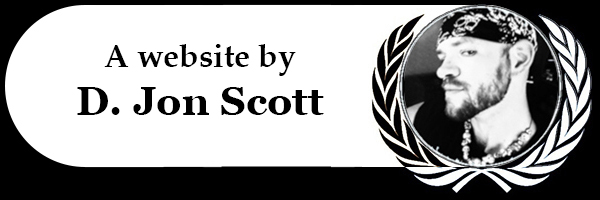The Official FAQ
Frequently Asked Questions
Note: This is a temporary version from the old site that hasn't been modified since about the year 2000, when I was 17 years old. I'll give it a proper copy-edit and an update sometime in the not-too-distant future.

|
Where are all the BILLIONS of transitional forms that should exist in the fossil record? |

|
Aside from some groups of organisms which have gone extinct, the fossil record is composed entirely of transitional forms. Each creature alive today has either a distant or remote fossil ancestor, who in turn had a distant or remote fossil ancestor of its own. Therefor, each fossil is transitional between something, unless it's lineage leads to a dead-end. However, fossilization is a rare event, and the fossil record is scarce in certain areas, such as the early mesozoic limestone and the early cenozoic. Fortunately, many fossil creatures, including key transitional sequences and intermediate forms, have been fossilized regardless of conditions generally inhospitable. As for BILLIONS of transitional forms? We don't have a BILLION fossil skeletons in total - let alone what many creationists would ask for in a 'transitional form'. |

|
I thought the second law of thermodynamics says that complexity can never increase? |

|
The second law of thermodynamics states that the amount of usable energy in a closed system will always decrease and be converted into useless energy. In an open system (such as Earth), the amount of usable energy can be increased by being fed from an outside source (like our sun). However this applies only (potentially) to the event of abiogenesis, not to evolution itself. This is because evolution does not require complexity, or "usable energy" to increase. Evolution thrives on copying errors in genes. Errors which create a disadvantage are discarded by natural selection, neutral traits remain neutral, and a few beneficial traits will be preserved and eventually aid in discarding previously neutral (now harmful by comparison) traits. This has nothing to do with the second law of thermodynamics. |

|
All chains of amino acids are either "left-handed" or "right-handed". One "left" in a sequence of "right-handed" amino acids will destroy the entire chain, and vise-versa. Only an intelligent God could keep the "left" and "right" amino acids from getting mixed up, so didn't this have to be created? |

|
No, it didn't have to be created at all. If a chain has to be completely comprised of either "left-handed" or "right-handed" amino acids, it makes sense that if life arose naturally, only those forms which would not self-destruct would be able to survive by default. Therefor, the first self-replicating forms were exclusively "left-handed" or "right-handed" because no mixture of the two could have survived. "Right-handed" chains can survive as well as the left, so if all types of organisms were created separately, why are not some "right" and others "left"? Since all organisms are "left-handed", they probably all shared a common "left-handed" ancestor. |

|
Isn't it unlikely to the point of near impossibility that any organic mollecule would form by blind chance? |

|
Yes. Fortunately blind chance only played a very small part in the prebiotic synthesis of self-replicating forms. Mostly, prebiotic synthesis had to do with chemical reactions and physics. It may have depended on blind chance when you get right down to it, but blind chance was not the only force at work, and probability states that it must have happened, eventually, given enough time. And besides, it only had to happen once after all. |

